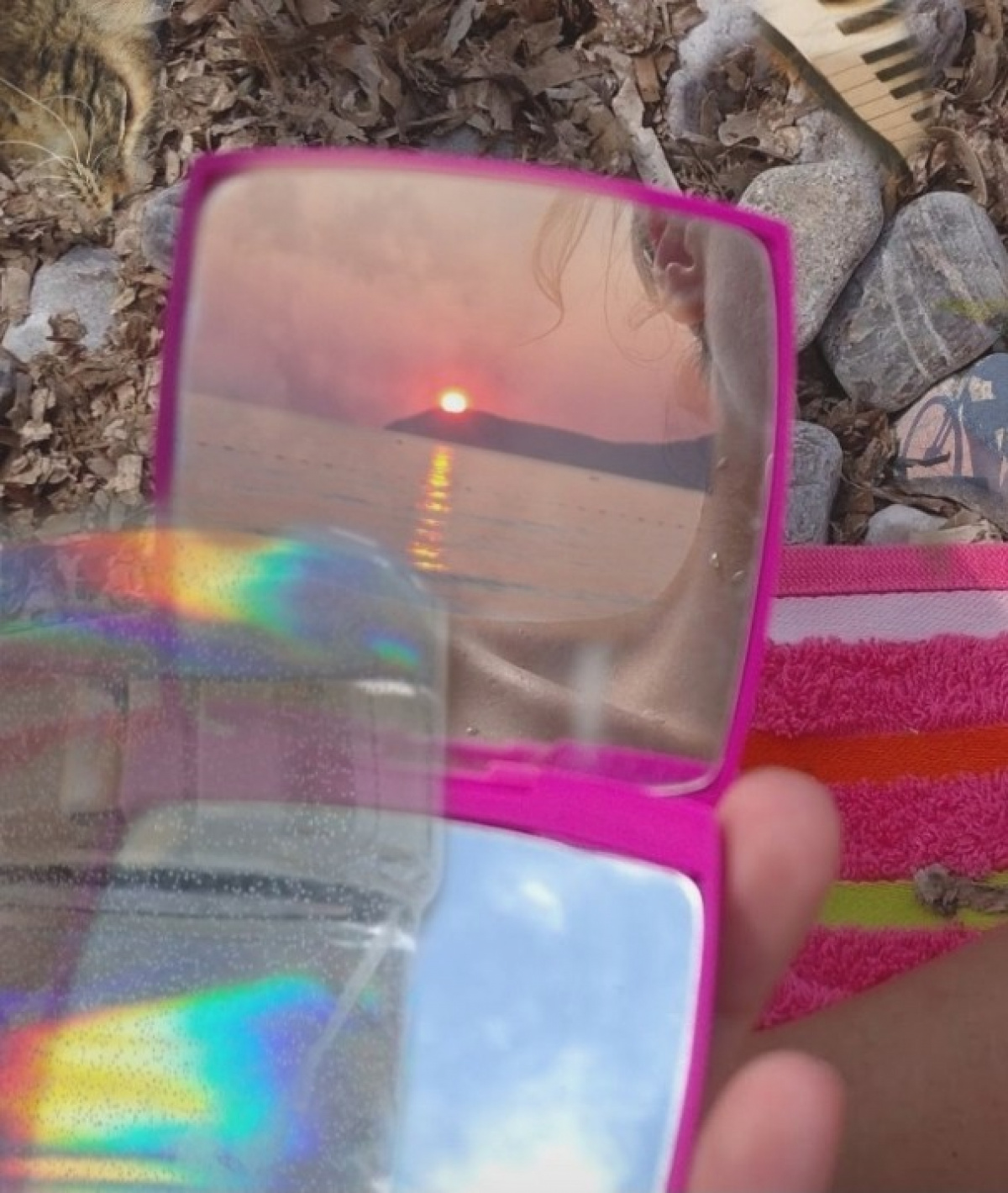Ancient cultural practices used sound as an environmental calibrating action. In this essay, the composer Constanza Bizraelli reflects on the potential of technology to channel sound practices as radical participatory action, inspired by the workshop «Resonation: To Infinity & Beyond» of the OneBeat residency program.
The realm of sound unfolds a dynamism that is properly ecological as it is inevitably bonded with the environment from which it emerges. Ancient sound cultures acknowledged this by imbuing ritual sound practices with an environmental calibrating action. The role of technology in the creation of meta-environments allows the channeling of sound practices to become a form of radical participatory action, in which calibrating and remedial effects extend beyond the barriers of soils and nationality.
Sonic Environmental Calibration
Ancient cultural practices associated with the sacred have recurrently been connected to music and sound ecologies. Various holistic systems, derived from their respective lores, sought to calibrate ecological disparities through sound cultures connected to ritual, cosmology, and religion. Shamanic practices in early societies carried out cyclic actions in ceremonial contexts as an attempt to tame the natural forces of the environment and balance the narrative of outcomes, in order to influence them in favor of their communities.
Mesoamerican old civilizations such as the Aztecs carried out rituals to satisfy the gods as a means to conserve an equilibrated relation with nature. In this way, ritual performances served as a way to balance the otherwise disproportionate environmental forces, which were considered to be governed by the divine. This would include the prevention of unfavorable events such as natural disasters or droughts. In Mesoamerican ritual ceremonies, sound practices, with instruments such as the teponaztli or the huehuetl, were considered to be of a divine origin and therefore fit for intervention in ritual work.
Through these operations, sound, as a medium to channel agency in subtler environmental contexts, embodied collective identity through its calibrating capacities. To think of sound in this context is to think of a species of agency that is always environmental, for it participates in the action of ecological calibration. To acknowledge sound through its potential for environmental calibration is also to admit its potential for healing, when considered as a tool to address imbalances. The concept of sound healing, in this sense, was implicitly connected to ancient ritual sound practices.
The participatory aspect of sound in this context constituted a key component, insofar as the participants’ presence was channeled through their sonic agency, comprising a determinant factor in the modulation of the intrinsic dynamics within the sonic environment. The role of the musicians in the ceremonies was often symbolically connected to the purpose of the ritual action, as was the nature of the sounds coming from their instruments.
Radical Participation
The emergence of meta-environments, as virtual and digital non-places, allows environmental breeding to thrive in free directions. The access to both the navigation and the creation of artificial spaces, where interaction between multiple users generates new species of shared environments, is an invitation to think about multifaceted ways of healing through participatory action.
The rise of online communities ranging from the early appearance of music forums and chat rooms, up until the emergence of online clubs, VR experiences, streaming platforms, or online residency programs oriented to musicians and sound practitioners, are examples of how the rise and directionality of the emergence of meta-environments is a polymorphous creative affair.
Technology plays a big part in the development of tools to navigate virtual realms, where physical borders represent no obstacles for the continuous emergence of interactive spaces. In meta-environments, where categorical frontiers become easily blurred, calibrating actions based on sound extend to more concrete planes outside of the scope of a given virtual community. This is when sound practices can attain their full potential, as healing and remedial effects acquire de-localized and decentralized mundane density.
To engage in sound practices through virtual environments or online communities constitutes a practice of radical participation, as decentralized action spreads beyond the meta-environmental locality of communities. Sound, as a plane that intersects with the sensitive and mutable aspects of these digital structures, continues to be a vehicle for calibration and for healing. Its reach might propagate in its own unique rhythm as decentralized sonic action creates new environmental patterns, where geopolitical boundaries and territorialized discursivity lose opacity. Directionality is a spontaneous affair, as well as the nature of the emergent environments and their impact on earthly life and events.


